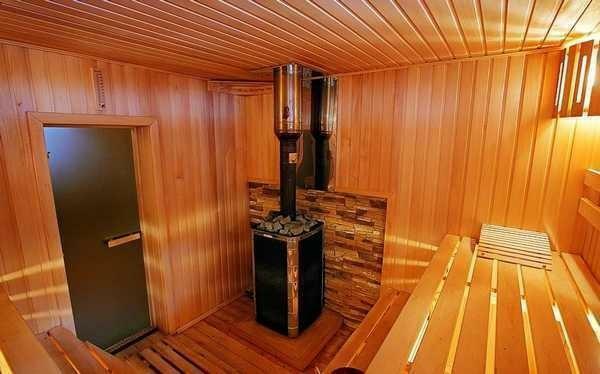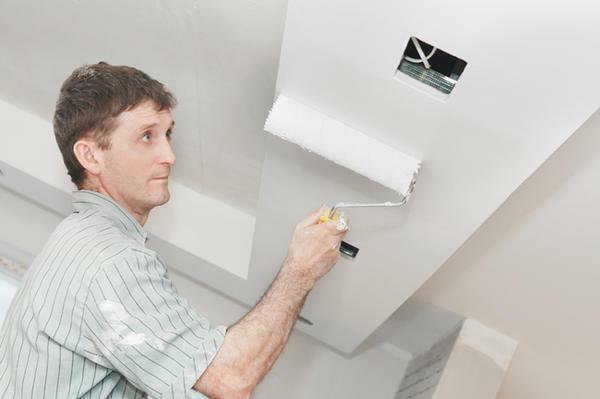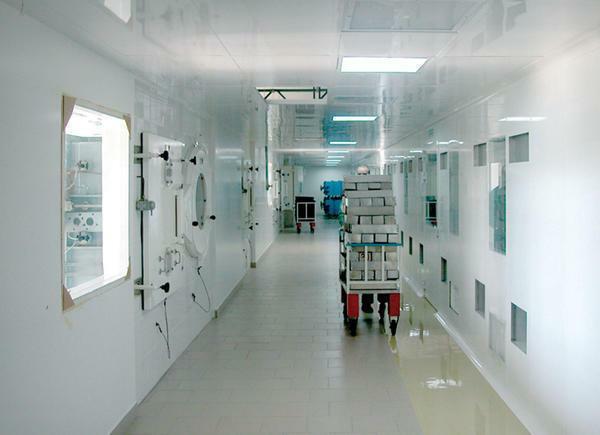 To date, suspended ceilings are a simple and convenient way of decorating rooms. The materials from which they are made, can provide partial sound insulation, ventilation, as well as fire safety. Calculation of a false ceiling in a room of the correct geometrical form is simple. To do this, you only need to know the coefficients used for the elements used in this case. Make a quick calculation of suspended ceiling systems will help the online calculator, for this you only need to keep the area of the room.
To date, suspended ceilings are a simple and convenient way of decorating rooms. The materials from which they are made, can provide partial sound insulation, ventilation, as well as fire safety. Calculation of a false ceiling in a room of the correct geometrical form is simple. To do this, you only need to know the coefficients used for the elements used in this case. Make a quick calculation of suspended ceiling systems will help the online calculator, for this you only need to keep the area of the room.
To calculate the Armstrong ceiling, you will need:
- guides 3700 mm, 1200 mm, 600 mm;
- ceiling slabs 600 mm x 600 mm;
- hangers.
1. Calculate the details of fixing the suspended ceiling, taking into account the fivefold design load. The allowable deflection should not exceed 1/250 span. Also note that there should be room for natural ventilation between the main and suspended ceilings, the structures should allow for the maintenance of electrical equipment and provide access to hidden communications. One of the most popular options for a suspended ceiling is considered a cassette, which consists of slabs that fit into the installation frames. The standard size of the elements is 600 × 600, 600 × 100, 1200 × 1200 and 1200 × 600 mm.

2. Measure the room. Perform the drawings of the ceiling area, according to the dimensions obtained. Best of all, when the ceiling is as close as possible to the possible number of whole plates, and only if necessary, these elements are cut and put in the least visible place. But, consider that wall plates have certain limitations. The minimum width is 300 mm. If the guides are 3.7 m and 0.6 m in length, apply a factor of 0.84 per 1 m2 of ceiling to them. For - 1.2 m it will be 1.68 per 1 m2.An angle of 3 m should be taken, taking into account the coefficient of 0.5 per 1 m2, the same factor apply for suspensions.
3. Calculate the number of Amstrong panels and the like, using the ceiling drawing. For a rectangular room, the size of which is 3x5 m, it will be so. Calculate the perimeter( 3 + 5) x2 = 16 m, the area will be 3x5 = 15 m2.Taking into account the coefficients, the main guideways of 3.7 m in length will need: 15 x 0.84 = 12.6 m, guideways 1.2 m - 15 x 1.68 = 25.2 m, guideways 0.6 m - 12.6m. On the fact of long guides you need to buy 4 pcs., 1200 mm - 18 pcs., and 600 mm - 26 pcs. Determine the number of whole plates according to the drawing, then the plates with the undercut. As a result, the total number of plates will be 42 pieces.
4. Calculate the angular profile. This stage of work is most important. Calculate it the easiest way around the perimeter. In this case, you need 16 m profile. Its standard length is 4 m, then it will be required: 16: 4 = 4 pcs. The guides go in packages, their number depends on the length. For example, 3700 mm - pack 25 pieces each;600 mm - 75 pieces each. Wall edge with a length of 3000 mm - 30 pcs. However, all elements can be purchased per piece.
calculator online calculation ceiling Armstrong and similar
| Area ceiling | m2 |
| ceiling plate | Evrostandart( 600x600) American Standard( 610h610) |
| material | number | Units | number | Units |
| tile ceiling | ||||
| suspension | ||||
| Rake-3m | ||||
| Rake carrier-3,6 m | ||||
| Rail-0,6 m | ||||
| Rail-1.2 m |


